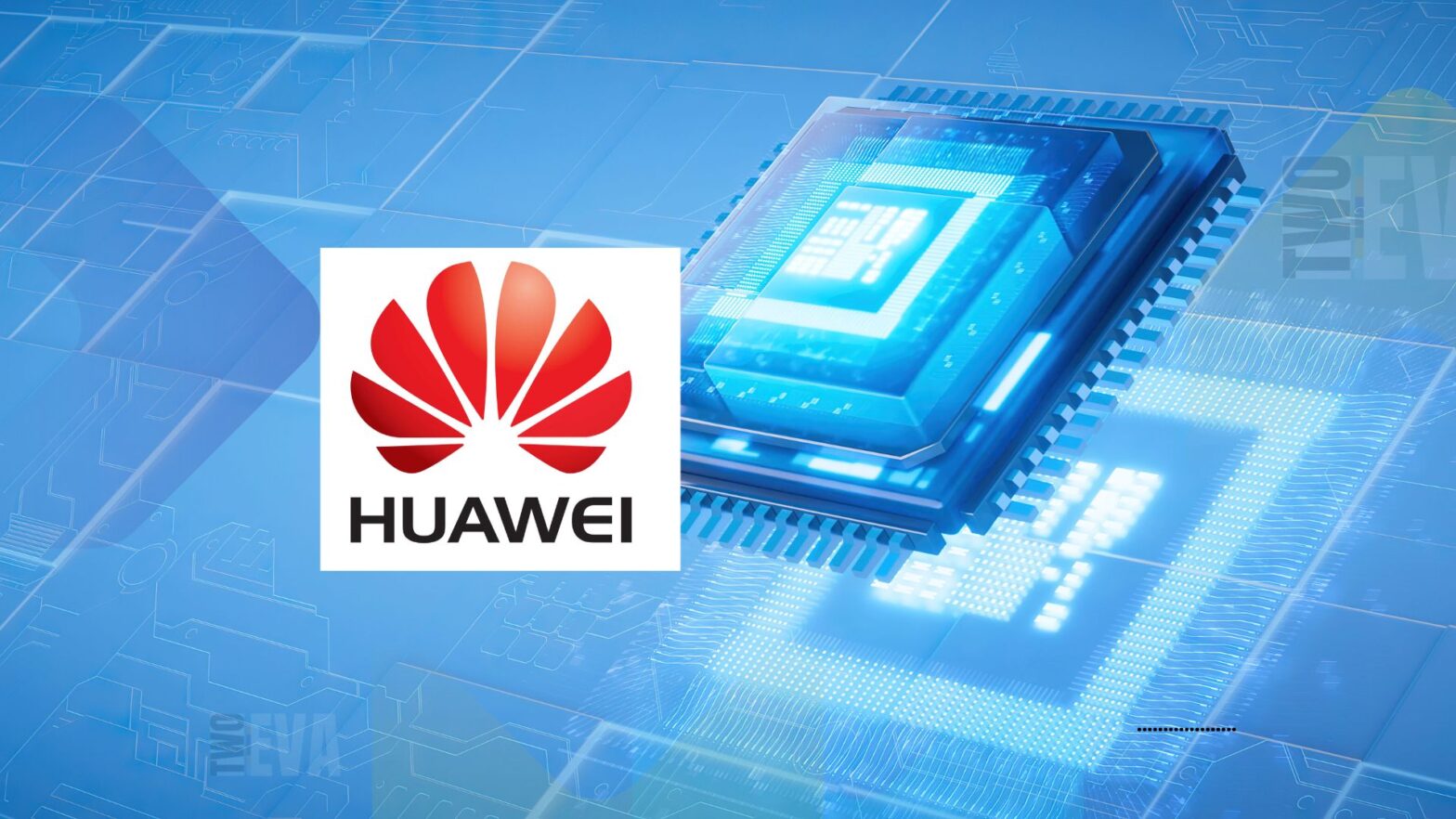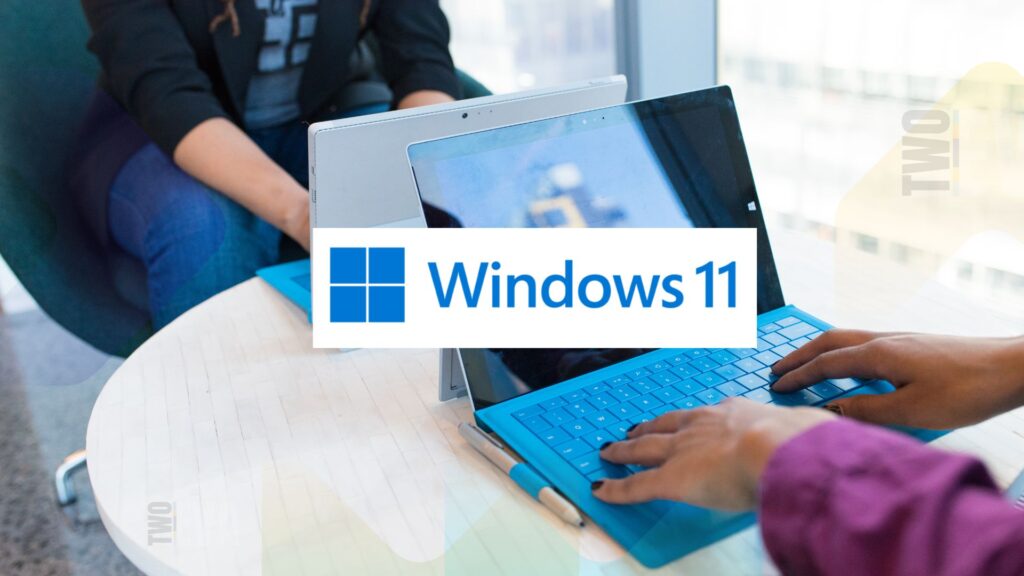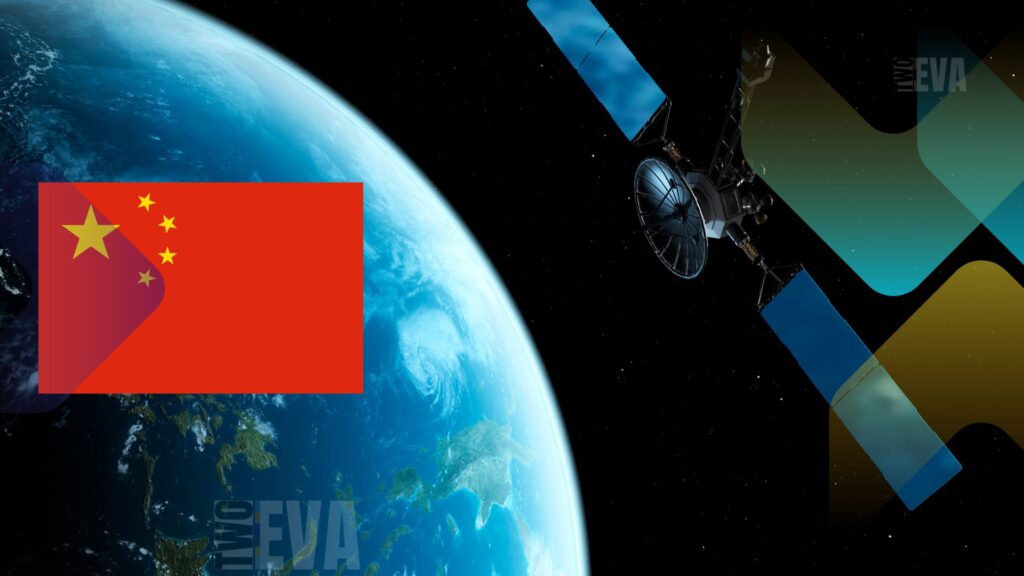In a significant development for China’s artificial intelligence sector, tech giant Huawei has announced major progress in its AI hardware ambitions. The company is now testing its most powerful AI processor to date, the Ascend 910D, positioning it as a direct competitor to Nvidia‘s H100 chip, which has been the industry standard for AI training globally.
This move comes amid ongoing US export restrictions that have limited China’s access to Nvidia’s most advanced AI chips since 2022. The restrictions, which began with the H100 and have since expanded to include newer models and crucial components like high-bandwidth memory units, were imposed due to national security concerns. US officials worry that advanced AI processors could accelerate China’s military and technological capabilities, potentially threatening US interests.
The impact of these restrictions has been significant. Nvidia has reported billions in revenue losses and inventory write-downs since losing access to the Chinese market. Meanwhile, Chinese companies have been compelled to seek or develop alternatives, sparking a new era of innovation and self-sufficiency efforts within China’s tech sector.
Huawei’s Ascend 910D: A Potential Game-Changer
Huawei’s Ascend 910D is the latest and most powerful AI processor in its Ascend family. According to reports, the chip has been described by insiders as potentially outperforming Nvidia’s H100 in certain tasks, although independent benchmarks are still pending. The chip is currently being tested with Chinese tech partners, with Huawei expecting to receive the first batch of sample chips by late May 2025. If tests go well, mass production will follow.
The Ascend 910D is supported by improved compute architectures and will be deployed in systems such as Huawei’s CloudMatrix 384, which leverages the strengths of chip arrays for massive parallel computation. This development is part of a broader ecosystem push, not just chip sales.
China’s Push for Semiconductor Independence
Huawei’s breakthrough aligns with Beijing’s call for Chinese AI companies to prioritize purchasing domestic chips, further solidifying the push for technological self-reliance. The Chinese government has reportedly encouraged tech firms to increase their reliance on local chip technology, aiming to create a robust domestic ecosystem and mitigate the impact of geopolitical tensions.
This policy push has led to collaborative efforts, with companies not only testing hardware but also adapting their AI software frameworks to optimize performance on Chinese-designed chips. The rapid adoption and large-scale testing are seen by experts as a key strategy to iron out technical issues and enable the swift scaling up of indigenous solutions.
Industry Reactions and Expert Opinions
Industry analysts view Huawei’s advances with cautious optimism. Experts from TechWire Asia describe the Ascend 910D as a “major challenge” to Nvidia’s longstanding dominance and a possible game-changer for the hardware market in China. However, most observers stress the need for independent benchmarking and real-world performance tests before concluding whether the 910D can truly match or outclass Nvidia’s top chips.
Some semiconductor industry experts have pointed out that while Huawei’s silicon design is impressive, potential bottlenecks remain—especially concerning the supply of advanced memory and fabrication technologies that still, in some cases, rely on overseas suppliers. Nevertheless, the consensus is that Huawei’s achievement is a symbolic and technical leap forward that could accelerate China’s move toward chip self-reliance.
The Broader Context
The development of the Ascend 910D is part of a larger trend in China’s tech industry. Huawei has already shipped more than 800,000 units of its earlier Ascend AI chips (910B and 910C) to major Chinese tech firms and government clients. This existing ecosystem provides a strong foundation for the adoption of the new 910D chip.
It’s worth noting that while US restrictions have significantly impacted the flow of advanced AI chips to China, some reports suggest that restricted Nvidia chips may still reach Chinese markets through indirect routes, such as via third countries in Southeast Asia. However, these channels are under tightening scrutiny.
As the situation continues to evolve, the tech world will be watching closely to see how Huawei’s new AI chip performs in real-world applications and whether it can indeed fill the void left by Nvidia’s restricted chips. The success of the Ascend 910D could potentially reshape the AI hardware landscape in China and challenge Nvidia’s long-held dominance in the market.

















